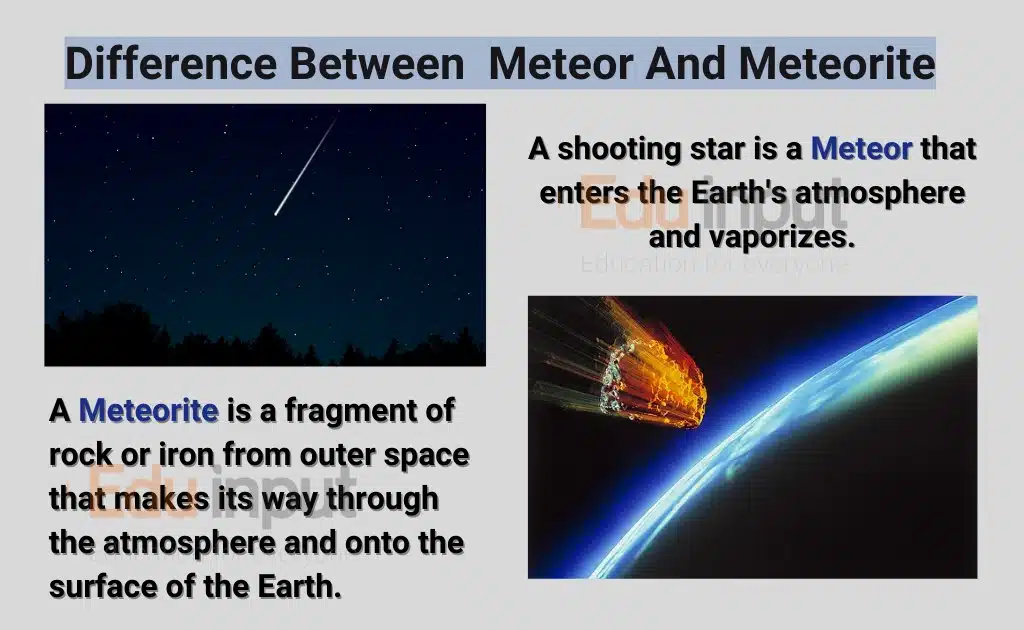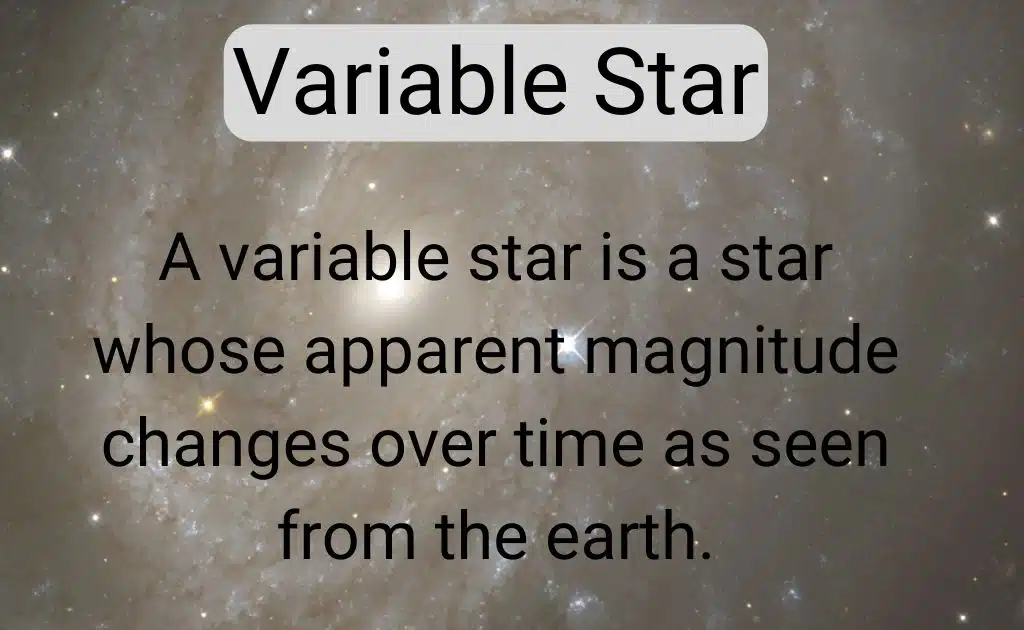Life Cycle of a Star-An Overview
The life cycle of a star is just like any other living being. The cycle begins with birth, expands through a lifespan characterized by change, and ends with death.
The stars are the most powerful objects in the universe and play a significant role in the evolution of a planet.
The life cycle of a star
As soon as a star is formed, it starts a journey in which it burns hydrogen fuel to produce helium. The helium is converted into carbon and oxygen in a process called nuclear fusion.
At the core of a star, an extremely dense matter is produced by the fusion of nuclei. This matter is kept under pressure for a long time until it becomes heavy and falls down to form a planet. The star which forms a planet is the most powerful object in the universe.
The energy source of the star is gradually decreasing as it moves toward the end of its life. As the temperature drops, the pressure increases, and the matter starts to burn. The star collapses due to gravity and produces a supernova explosion.
All stars, regardless of their size, follow the same 7-stage cycle, starting as a gas cloud and ending as a star remnant.

1. Giant Gas Cloud
2. Protostar
3. T-Tauri Phase
4. Main Sequence
5. Red Giant
6. The Fusion of Heavier Elements
7. Supernovae and Planetary Nebulae
Giant Gas Cloud
It is the first stage of the life cycle of a star. The stars are formed when the gas becomes hot enough for atoms to fuse together into molecules. The molecules then cool down and form a large cloud.
The Orion Cloud Complex is an example of a star in the stage of life known as “Orion Stage,” or “Orion Phase.
Protostar
Heat energy can be produced when the gas particles in the cloud run into each other. As its temperature and pressure increase, a fragment condenses into a rotating ball of superhot gas known as a protostar.
The formation of stars is the result of dense filaments fragmenting into bound cores. Geometric bending, magnetic fields, and continuous accretion of gas are some of the things that can control the way the filaments are fragmented.
There are quasi-periodic chains of dense cores with spacing comparable to the filament’s inner width and two protostars with gas outflows in supercritical filaments.
T-Tauri Phase
The Protostar releases huge amounts of energy when materials stop falling into it. Nuclear fusion at its core cannot be supported by the mean temperature of the Tauri star. After about 100 million years, the T-Tauri star enters the most extended phase of development, called the Main sequence phase.
Main Sequence
There is a stage of the life cycle of a star where the core temperature reaches a point for fusion to begin. The atoms of helium are formed by the combination of protons. This reaction has an exothermic nature. The core of a main-sequence star emits a huge amount of energy because it gives off more heat than it consumes.
Red Giant
As the star continues to evolve, the core of the star is growing. Deuterium’s nuclear binding energy is so large that it takes a larger temperature for it to escape.
The rest of the branch is not as bright as the star at the tip. The core mass and luminosities of a white dwarf star are very similar. The larger the white dwarfs, the hotter they become and the more likely they are to cause a fusion event.
The Fusion of Heavier Elements
As the star expands, helium atoms come together at the core. The core of the earth is not going to collapse because of this reaction. The heavier material falls to the center of the star once the core is exhausted, and this process repeats again until iron appears at the core.
The iron fusion reaction causes the core to collapse because of the absorption of energy. The phenomenon in which big stars explode is called a supernova. White dwarfs are formed when small stars such as the sun contract into them.
Supernova
The central core of a star can collapse into a black hole or a neutron star. A white dwarf is a small, hot object that has collapsed into it. While the core is left, the outer layers drift off. Stars are larger than the Sun.
They don’t have enough mass to make a fire. These red dwarf stars burn for trillions of years. They are the most common kind of star and are hard to spot. This book will teach you everything you need to know if you want to be an actor.
There are different kinds of stars. Some of them are bigger and more colorful than others, but they all serve a purpose.
Related FAQs
What are the different stages of the life cycle of a star?
There are 7 stages of life cycle of a star.
1. Giant Gas Cloud
2. Protostar
3. T-Tauri Phase
4. Main Sequence
5. Red Giant
6. The Fusion of Heavier Elements
7. Supernovae and Planetary Nebulae
At which stage, the star converts hydrogen atoms into helium at its core?
When the star reached at the red giant stage this process takes place.
Which reaction takes place inside the star?
Nuclear fusion reaction takes place inside the star.
How did the Red Star Form?
Massive heat takes millions of years because of the heat produced by the inward contractions of gravity. A nuclear fusion creates equilibrium and creates a main sequence yellow or red star in these years.






Leave a Reply